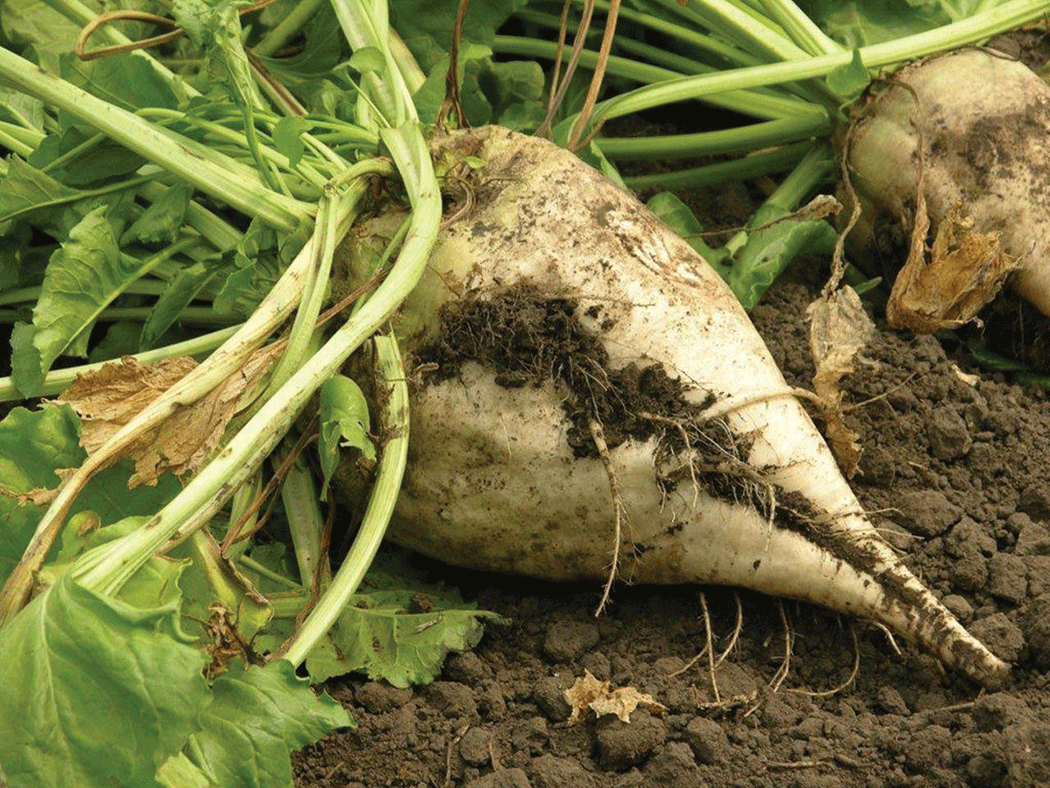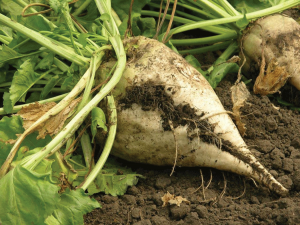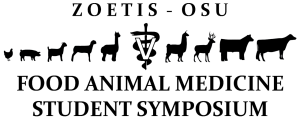by Ann Harman
Over the many centuries of man’s association with bees, including throughout beekeeping husbandry, one fact was well-known – if there is not enough honey in the hive for survival then feed the bees. Even Aristotle (384-322 B.C.E.) wrote that if a bee colony ran out of food, the bees died. Today we buy or craft feeders for our hives but in earlier centuries pieces of honey-filled comb were cut from hives with enough honey to give to the starving colonies. Beekeepers were cautioned against being greedy and removing too much honey from the hive thus allowing the colony to die.
When sugar became plentiful worldwide, beekeepers were able to easily feed their bees to maintain strong, healthy colonies. Their survival meant that the beekeepers could produce surplus honey for sale and provide colonies for pollination of crops. Today it is necessary for beekeepers to monitor the honey stores in the hives and feed sugar when necessary. So let’s find out the source of sugar, how the bees use it, and what is best for our bees.
The actual name for our familiar table sugar is sucrose. Many other ‘sugars’ exist, related chemically but each with its own name. The one we are familiar with, sucrose, we call white granulated sugar or table sugar. Other table sugars are available but these are not suitable for feeding bees. You can purchase ‘raw sugar,’ ‘brown sugar,’ Turbinado, Demarara and even flavored sugars but these are actually toxic for bees and should never be fed to them. Neither should sugar substitutes, used to sweeten coffee and tea, be fed to bees. In addition bees cannot tolerate sweet syrups such as molasses, sorghum syrup, light or dark corn syrup, even if diluted with water. The honey bee’s digestive system is quite different from ours.
Sucrose is produced by plants. Green plants contain chlorophyll. The complicated chemical reaction known as photosynthesis produces glucose, known as a simple sugar. The plant then converts this to sucrose, the principal sugar of green plants. This weak solution of sucrose in water is transported throughout the plant to the leaves and blossoms. Therefore the sweet liquid called nectar contains sucrose as the principal sugar. The amount of nectar and its quantity of sucrose varies with the type of plant and with the weather. Commercial sources of sucrose are sugar cane, found in warm temperate and tropical climates, and sugar beet, grown in cool temperate climates. Virtually all beet sugar is GMO, while virtually all cane sugar isn’t.
Sucrose is useless. In order to be used by bees, our bodies and also by those that eat green plants (cows, horses) sucrose must be broken down to the simple sugars, glucose and fructose. This process is done by an enzyme. If a plant is converting sucrose the enzyme is called invertase. If an animal is converting the sucrose, the enzyme is called sucrase. The honey bee is an animal. So are we and the cows and horses. Unfortunately many books about honey bees will be using the wrong term.
In bees the enzyme is found in the ventriculus, the actual stomach of the bee. It is probably also found in the salivary glands. In bees of foraging age the enzyme is found in the hypopharyngeal glands, in the head. The foraging bees can add the enzyme to the nectar as they are removing it from the plant. Thus the conversion from sucrose to glucose and fructose, the sugars found in honey, has begun. If the bee needs energy for the flight back to home, nectar can be passed into the true stomach where the sucrase there can convert the sucrose to the useable glucose and fructose.
Glucose can be used. Brains – of bees, humans, cows and horses – cannot function without glucose. It does supply energy to muscle cells. Glucose also aids body cell functions. Fructose is also used but in a different way. It is metabolized by the liver but the brain does not use it. Fructose is an energy source.
Now it is time to meet something else that is involved not only with feeding bees but also with processing honey. Since its full name is long and complicated, hydroxymethylfurfural, it is referred to as HMF. This substance is not found in fresh vegetables (remember, they are from plants). However it is found naturally in cooked vegetables, but in very small quantities. HMF is formed from fructose. Cooking generally means applying heat and it is heat that causes fructose to decompose, forming HMF.
Is HMF a problem? Yes! It is toxic to honey bees. And it is not good for people either. What about the cooked vegetables? There is such a very small amount in cooked vegetables that it is of no concern.
The sugars, separately or combined, available for feeding our bees are: Invert Sugar that is a commercially available mixture of glucose and fructose, high fructose corn syrup (HFCS) and sucrose (white granulated sugar). Let us look at each of these individually.
Invert Sugar, used commercially by bakeries, is made from sucrose by one of two different processes. One is called acid hydrolysis. This process involves heat so the fructose being produced can decompose to HMF. If the enzymatic process is used, no heat is used therefore no HMF is formed. This process is not used in Europe. When beekeepers buy Invert Sugar for feeding bees it may be impossible to know the process used to make it. Therefore the HMF content is unknown.
Beekeepers do make Invert Sugar but it is called fondant, a smooth-textured solid that can be formed as a patty to be placed in the hive. Fondant is made by boiling a solution of sugar and water. Most of the recipes found in beekeeping books call for the addition of an acid, such as vinegar, lemon juice or cream of tartar (acts as an acid). The acid prevents crystallization. However HMF is formed with the combination of acid and heat.
It is possible to make a safe, uncooked solid slab of sucrose for winter bee food. The minimal amount of water is ideal for Winter supplementary or emergency feeding since the bees will not have to evaporate water. No cooking or acid – no HMF!
10 pounds of white granulated sugar
8 fluid ounces (1 measuring cup) water
Mix well.
Shape into slabs on waxed paper or plastic wrap.
Allow to harden overnight.
Remove plastic wrap to place in hive.
Another popular food for bees is High Fructose Corn Syrup, HFCS, a cheaper sweetener than sugar in the U.S. HFCS starts out as corn. Cornstarch is hydrolyzed to glucose. Then the glucose is enzymatically changed to fructose. This mixture is 90% fructose and 10% glucose. That mixture is then diluted with glucose to give 55% fructose, 42% glucose. The rest is water. There are other proportions but beekeepers use the HFCS 55.
As manufactured, ready to leave the processing plant, HFCS 55 does not contain any HMF. However at temperatures above 113°F fructose will decompose. HMF will be formed. The higher the heat, the more HMF. The longer time exposed to heat, the more HMF. The syrup leaves the processing plant in tanker trucks.
Do you know anything about its journey to your beehive? No. On a hot summer day the syrup in the metal tank can easily be heated up so decomposition of fructose can occur, yielding HMF. The syrup can them be sold in large quantities to a beekeeping equipment supplier. It may be stored in 55-gallon drums. Are those drums sitting in hot sun or are they in a building? Does the syrup contain HMF? If so, how much? Analysis is not economical. Therefore it is the beekeeper’s decision whether to use HFCS or not.
What about honey, the natural food for bees? Honey is a plant product. The bee only adds sucrase and evaporates water. So honey contains glucose and fructose and a few percent of sucrose. Since honey contains fructose can it also contain HMF? Honey can after storage for a very long time. If exposed to heat it can contain HMF but usually a very small amount. However, if scorched, indicating excessive heat, it would not be a suitable food for bees.
Do not store honey in a warm place for a long period of time. For daily use at home, store honey at room temperature. For long-term storage, keep it in a freezer. Crystallization will be significantly delayed. Remember, the ideal temperature for crystallization is 57°F so a cool cellar can hasten crystallization.
So many choices! What should I feed my bees when they need more stores?
Sucrose is safe. It contains only one substance – sucrose. It is incredibly clean and pure. Kept dry it will last for years and years and – forever. Sucrose is completely digested by the bees. It leaves no residue in the gut. If they store it as glucose and fructose there is no residue in the gut. Therefore it makes excellent Winter food for bees.
What about cane sugar or beet sugar? Basically there is no difference. Both are 99.95% sucrose. The differences are in the 0.05% (a very small amount). There are slight differences in the processing of cane and beet sugars. The compounds in the 0.05% are ordinary simple ones, found in many foods and water. They are completely harmless to us and to the bees.
What about honey? New research has shown that bees do need the variety found in the various plants bees visit. Bees do obtain some vitamins, some minerals and other nutrients from honey. The quantities in honey may seem small to us but the bee is small, very small. On a diet of only honey, humans would have to eat 40 pounds of honey a day to have sufficient nutrition.
Research today is being done on the structure of the honey stomach and on the beneficial gut bacteria of the bee’s digestive system. Keep up with new research findings so you can keep your bees healthy.
Weather is unpredictable. Plants depend on the weather. Bees depend on plants. If your bees need to be fed, keep the centuries-old beekeeping tradition – feed your bees when they need to be fed.
Ann Harman keeps her bees and feeds them well at her home in Flint Hill, Virginia.
Get in touch ahworkerb@aol.com











